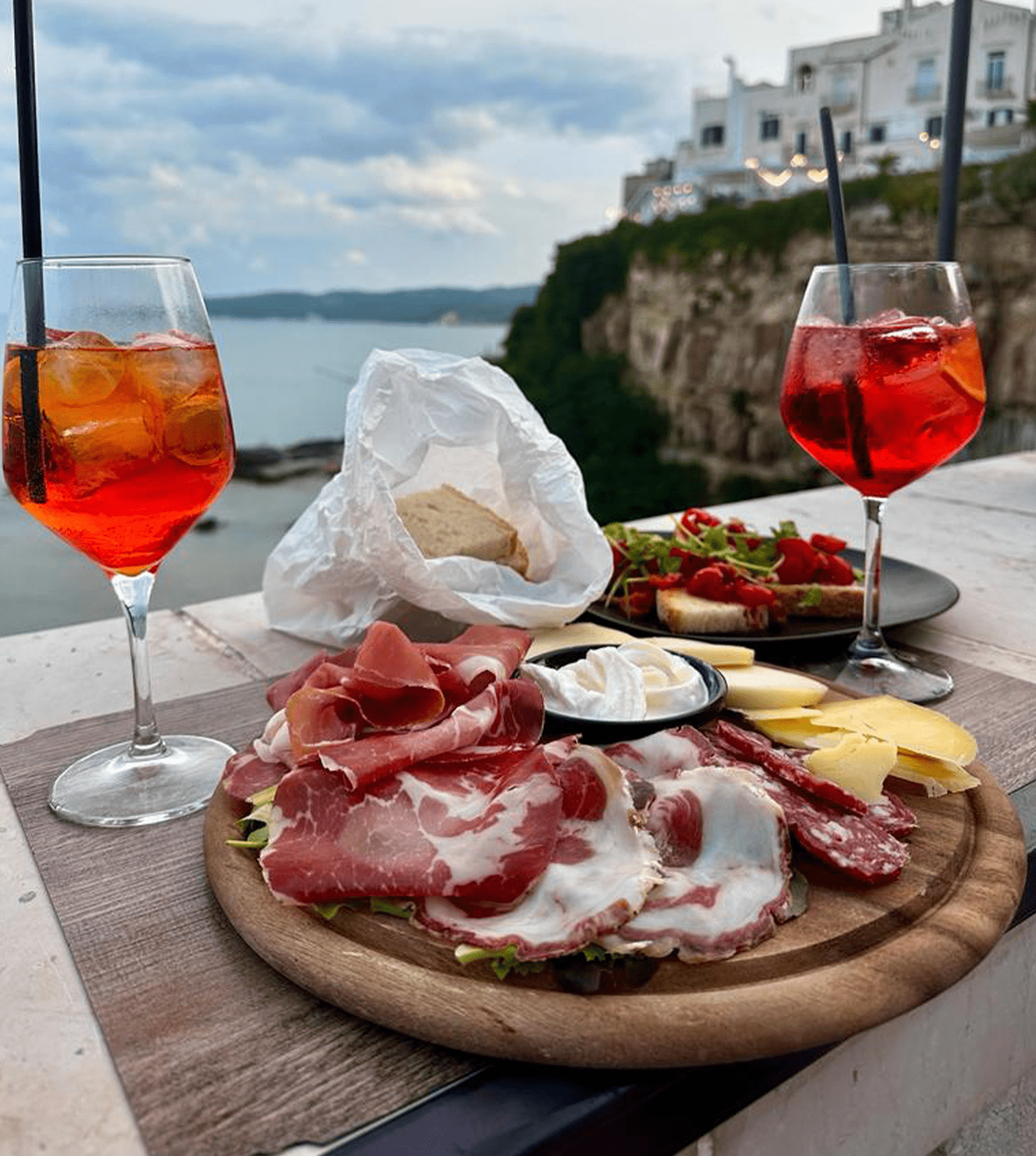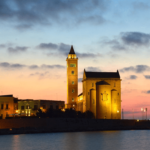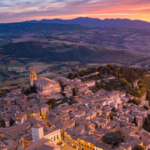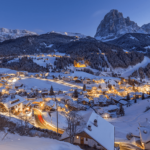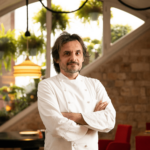Italy is renowned for its rich culinary heritage, celebrated for its diverse regional dishes and centuries-old traditions. At the heart of this gastronomic culture lies the Slow Food movement, an initiative that advocates for the preservation of traditional cooking methods, local ingredients, and the enjoyment of meals as a social experience. This movement, which began in the late 1980s, has not only influenced Italy’s culinary landscape but has also gained international recognition for its promotion of sustainable, high-quality food.
Origins of the Slow Food Movement
“The food system, as it is today, does not work and there needs to be a change. As the University of Pollenzo, we must ensure that our students are active protagonists of this change, working to modify the ways of production and consumption. Therefore, we need Pollenzo to maintain its democratic spirit and be an accessible and open university, continuing to be a forge of active subjects.”
— Carlo Petrini, 2022
The Slow Food movement originated in Italy as a response to the growing influence of fast food and industrialized agriculture. In 1986, Carlo Petrini, an Italian activist and food enthusiast, founded the movement in the town of Bra, located in the Piedmont region. The inaugural event, known as the “Salone del Gusto,” aimed to celebrate and preserve traditional food products, as well as to raise awareness about the importance of sustainable farming practices.
Subsequently, the movement expanded its focus to encompass a broader vision of food culture, emphasizing the interconnectedness of food, community, and the environment. Slow Food advocates for the protection of biodiversity, the promotion of local food traditions, and the support of small-scale producers. This holistic approach to food has garnered a global following and has inspired similar movements in other countries.
Sign up for the LF Italy newsletter
Access The Rare and Wonderful, LF Italy’s monthly newsletter. Get our latest interviews and discoveries in wellness, travel, innovation, food & drink, unique stays and more.
Best Slow Food Experiences in Italy
From the northern regions of Piedmont and Emilia-Romagna to the sun-drenched landscapes of Tuscany and the coastal delights of Sicily, there are countless opportunities to engage with the principles of Slow Food and indulge in the authentic flavors of Italy.
For travelers seeking an authentic Slow Food experience in Italy, several regions and establishments exemplify the movement’s principles. In Emilia-Romagna, known as the “breadbasket of Italy,” visitors can indulge in the region’s renowned cured meats, Parmigiano-Reggiano cheese, and traditional balsamic vinegar. The city of Bologna, in particular, is celebrated for its rich culinary heritage and vibrant food markets.

Puglia, known for its fertile land and rich agricultural heritage, has embraced the principles of Slow Food by emphasizing the use of fresh, seasonal ingredients and the preservation of local culinary traditions, Chef Antonio Zaccardi, Head Chef at Michelin Star Ristorante Pashà in Conversano, has always been an advocate of slow food and believes the future of luxury cuisine is in the cultivation and use of natural ingredients. The movement has led to a resurgence of interest in Apulian heirloom ingredients, such as ancient varieties of wheat, olive oil, and vegetables, and has encouraged the establishment of farmers’ markets, artisanal food producers, and farm-to-table restaurants. By celebrating the connection between food, culture, and the environment, the Slow Food movement in Puglia has not only revitalized the region’s culinary identity but also fostered a deeper appreciation for the relationship between food and community.
In Tuscany, the town of Greve in Chianti hosts the annual “Expo del Chianti Classico,” a showcase of local wine, olive oil, and artisanal food products. Visitors can sample a diverse array of regional specialties while engaging with local producers and purveyors.
Additionally, the coastal region of Liguria offers a wealth of Slow Food experiences, with its emphasis on fresh seafood, aromatic herbs, and the iconic pesto alla genovese. The picturesque villages of Cinque Terre provide an idyllic backdrop for savoring traditional Ligurian cuisine and exploring the region’s culinary heritage.
Adopting a slow food approach in the kitchen
You don’t have to live in the Mediterranean to embrace its lifestyle. It can be achieved from anywhere in the world. Start by seeking out local, seasonal produce from nearby farmers’ markets or participating in community-supported agriculture (CSA) programs. By cooking meals from scratch using fresh, whole ingredients and taking the time to savor and appreciate each bite, one can cultivate a deeper connection to food. Additionally, supporting local farmers, artisans, and food producers, as well as advocating for sustainable and ethical food practices, are essential steps in embracing the principles of the slow food movement. Lastly, fostering a mindful approach to eating, such as enjoying meals with family and friends and savoring each dining experience, can bring the spirit of the slow food movement into everyday life, regardless of geographical location.
Photography by: Giovanna G. Bonomo

